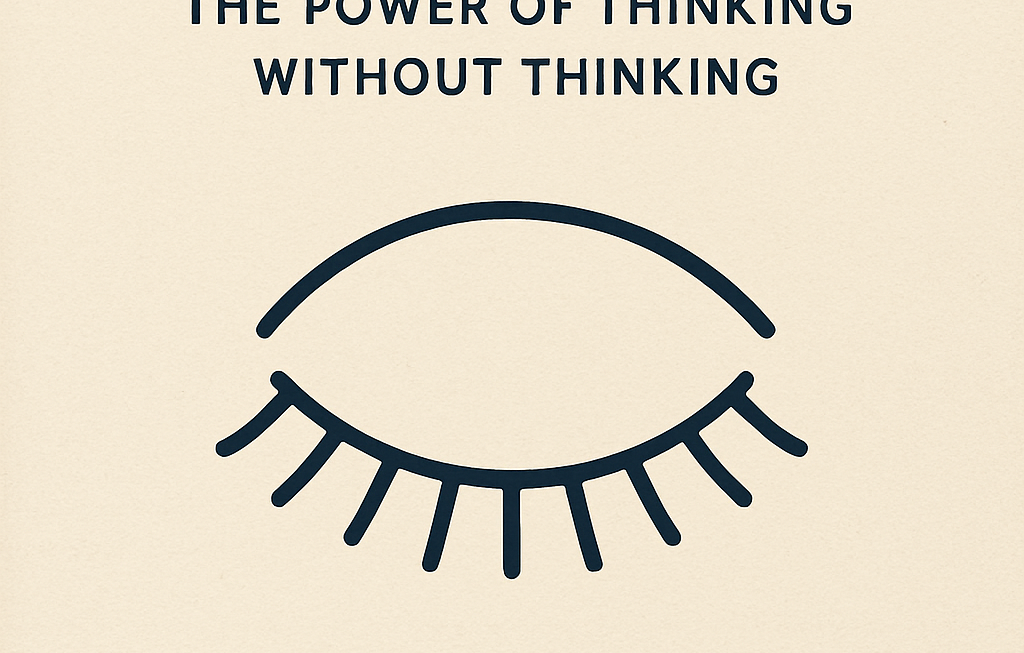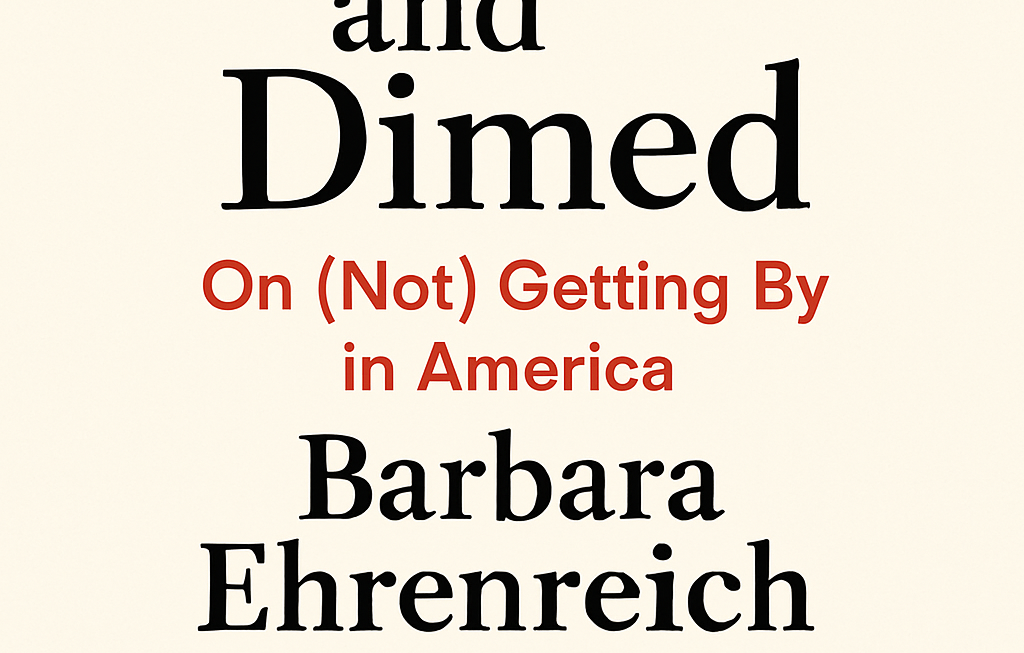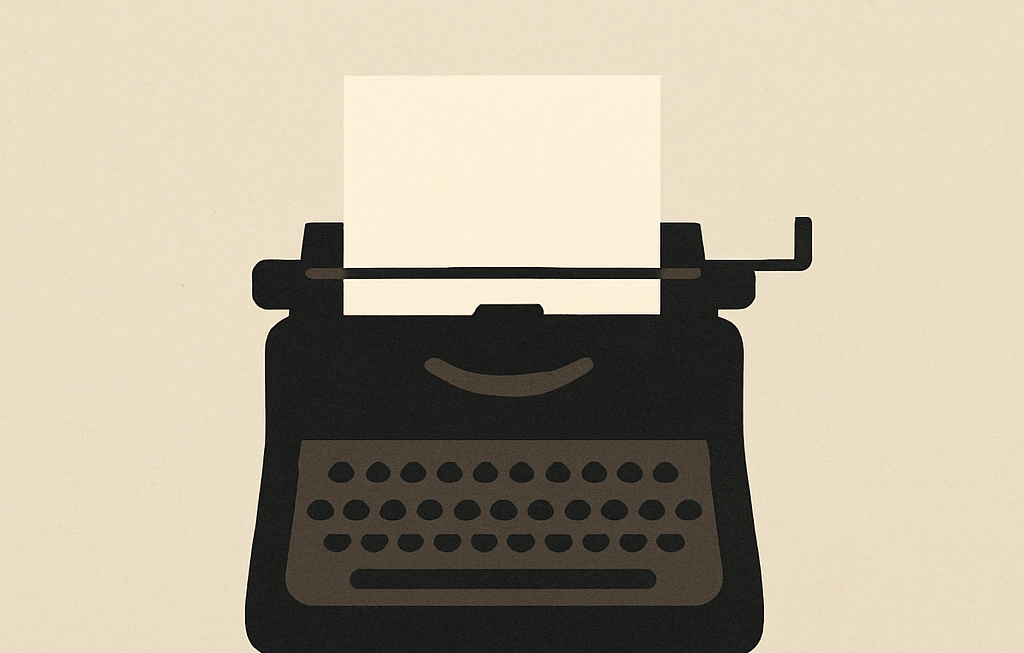Blink and Beyond: A Conversation with Malcolm Gladwell
Malcolm Gladwell’s Blink: The Power of Thinking Without Thinking, published in 2005, wasn’t just another bestseller; it was a cultural phenomenon. It tapped into a deep-seated human fascination with intuition, that elusive ability to make snap judgments that often prove surprisingly accurate. Gladwell, the Canadian-born journalist already lauded for his groundbreaking The Tipping Point, masterfully wove together compelling narratives—from art experts recognizing forgeries in a heartbeat to emergency room doctors diagnosing life-threatening conditions with an uncanny speed—to illustrate the power, and the peril, of “thin-slicing,” the subconscious process of rapid cognition. The book didn’t shy away from the complexities of unconscious bias, acknowledging that our gut feelings can be as much a hindrance as a help. Yet, Blink ultimately championed the potential of this often-overlooked mode of thinking, provoking readers to reconsider the role of intuition in their own lives and professional decisions. Gladwell’s signature style—a blend of accessible prose, rigorous research, and captivating storytelling—solidified his position as a leading voice in popular science, a writer capable of making complex psychological and sociological theories both engaging and relevant to a mass audience. However, his success has also made him a target of criticism, with some accusing him of oversimplification and anecdotal bias. Despite the controversies, Gladwell’s influence on how we understand decision-making and human behavior remains undeniable, prompting a continued exploration of the fascinating interplay between thought and instinct.
Ten Questions for Malcolm Gladwell
- Question: Blink sparked significant debate regarding the limitations of “thin-slicing.” Looking back, what aspect of the book’s argument do you feel was most misunderstood, and how would you refine your perspective today?
Answer: The biggest misunderstanding was probably the notion that thin-slicing is some kind of magical solution to all decision-making problems. It’s a tool, not a panacea. I think I could have been clearer about its limitations. We tend to overestimate the accuracy of our snap judgments, and thin-slicing is no exception. The process is more nuanced than the book perhaps initially suggested, and context plays a crucial role, influencing the reliability of intuitive conclusions. Today, I’d underscore the vital importance of understanding the biases that can skew our intuition and the need for critical evaluation and reflection, even after a seemingly clear ‘blink’ moment.
- Question: Your writing often hinges on seemingly disparate case studies. How do you approach the selection and structuring of these narratives to build a compelling and coherent argument?
Answer: It’s an iterative process. I start with a core idea and then search for stories that illuminate different facets of it. The structure emerges organically, often through trial and error. I look for stories that are both engaging and insightful, examples that are surprising but ultimately explainable within the larger framework. The aim is to build a narrative arc, to take the reader on a journey of discovery. Finding unexpected connections between seemingly disparate events is, I think, a key part of the creative process.
- Question: Critics have accused you of oversimplifying complex research. How do you balance the need for accessibility with the integrity of the scientific findings you present?
Answer: It’s a constant tension. My goal is always to make complex ideas understandable to a broad audience, but I don’t believe that simplification necessitates distortion. I try to be upfront about the limitations of the research I present, to acknowledge the nuances and complexities. It’s important to be transparent, and to cite sources properly so readers can delve deeper if they choose to. I am conscious of being responsible for the information I transmit, and I strive to avoid misrepresentations.
- Question: Your work has significantly influenced popular understandings of psychology and sociology. What impact has this had on your writing process, and have you ever felt a responsibility to steer public discourse in specific directions?
Answer: The awareness of my reach does affect my writing. I am aware that what I write can become widely discussed, interpreted and misinterpreted. So, I try to be more careful with my language, and I try to anticipate potential misinterpretations and address them preemptively. I do feel a responsibility to engage thoughtfully with the research I present and to be scrupulous in my portrayal of it, and I think this is particularly important given the scope of public interest in my work.
- Question: The success of Blink arguably cemented your status as a public intellectual. How has this role shaped your understanding of your own work and its reception?
Answer: It’s a double-edged sword. On one hand, the wide reach allows for significant impact and engagement. On the other, it also magnifies the scrutiny and criticism, which can sometimes be intense. The critical engagement is important, of course, and I try to learn from it. I’m not immune to critiques and I understand that my work is not always correct or complete. I value the opportunity for ongoing dialogue, and believe public engagement is integral to the intellectual process.
- Question: Many of your books explore the power of outliers and exceptions. How do you balance presenting these unique cases with the potential for misleading generalization?
Answer: It’s a crucial balance. Outliers are fascinating because they highlight exceptions to the rule, but they don’t necessarily negate the rule. My aim is to explore the factors that contribute to these exceptions, to understand the context in which they arise, and to prevent their usage for unwarranted generalisations. That necessitates rigorous scrutiny of the data and careful contextualisation of the narratives.
- Question: How has your journalistic background influenced your approach to nonfiction writing, particularly in terms of narrative structure and evidence gathering?
Answer: My journalistic background instilled in me a deep respect for facts and evidence, a commitment to thorough research, and an appreciation for concise and engaging storytelling. The ability to construct narratives, to build suspense, to make complex information easily digestible is a skill honed through years of journalism. This rigorous approach, combined with my awareness of diverse perspectives and potential biases, guides my work, ensuring a level of precision and transparency in my approach to storytelling.
- Question: What are some of the most significant misconceptions surrounding intuition, and how can we better understand and utilize its potential in decision-making?
Answer: One major misconception is that intuition is some kind of magical, infallible force. It isn’t. It’s a process heavily influenced by experience, subconscious processing, and biases. We need to be aware of those influences. To utilize its potential, we must combine intuition with critical thinking, reflection and verification. Acknowledge the power of ‘blink’ but don’t let it be the final word. Always check your assumptions.
- Question: Your work often explores the influence of culture and context on individual success. How can this understanding inform strategies for achieving greater equity and opportunity?
Answer: Understanding the systemic factors that shape success is crucial for creating a more equitable society. If we acknowledge the roles of opportunity, environment, and background, we can start to design interventions that level the playing field, ensuring equal access to resources and opportunities, regardless of social or economic background. This understanding moves beyond individual responsibility and allows us to look at the larger systemic challenges that are frequently overlooked.
- Question: What are you currently working on, and what themes are you exploring in your latest project?
Answer: I’m always drawn to new areas of inquiry, always looking for hidden connections and patterns. My current work is still in its nascent stages, but it involves exploring the dynamics of power and influence within different social structures. I’m interested in examining how subtle cues and unconscious biases can shape power structures, and how those structures, in turn, influence individual decision-making and societal outcomes. It’s a complex, multifaceted subject, and one I’m deeply eager to delve into.



